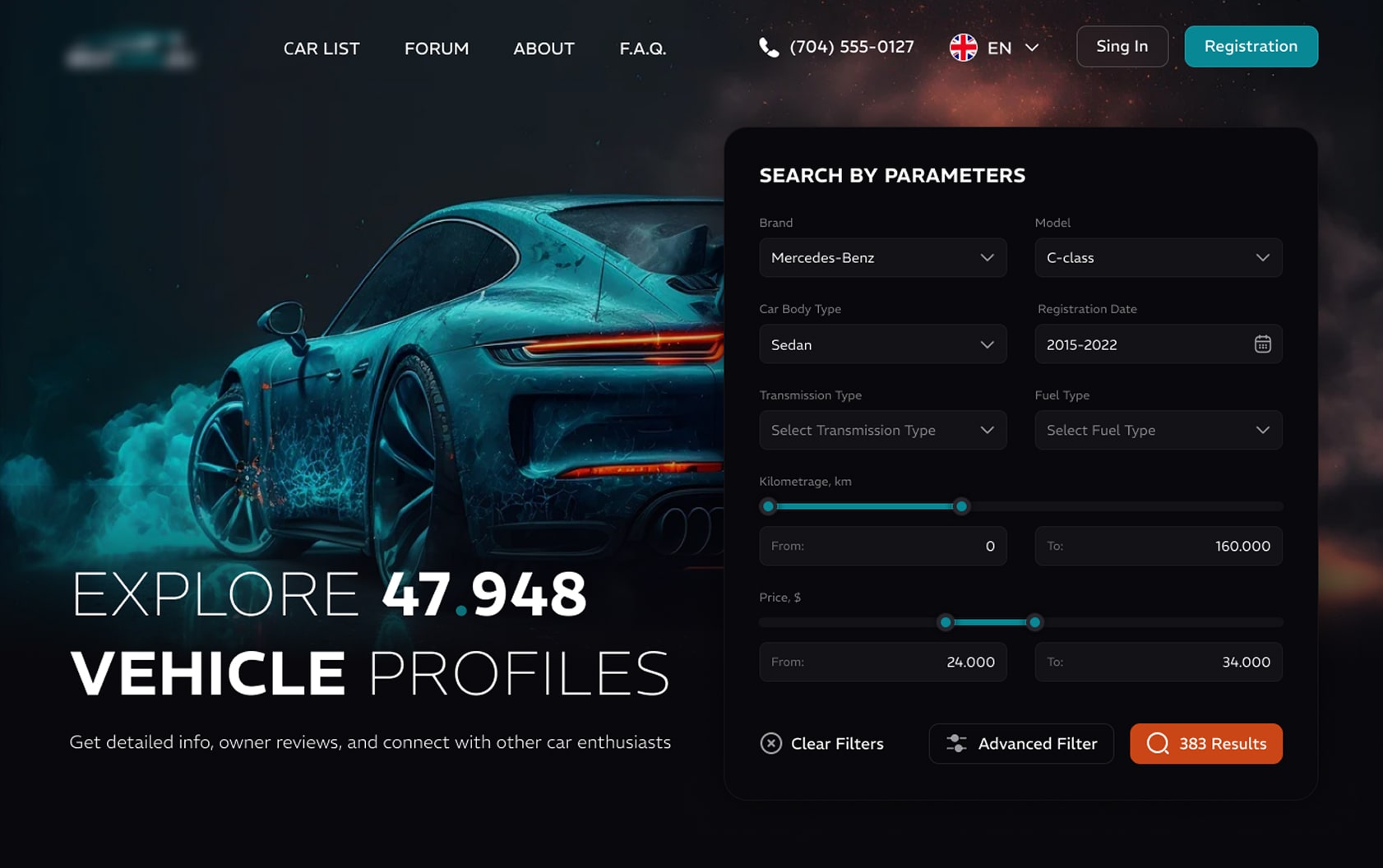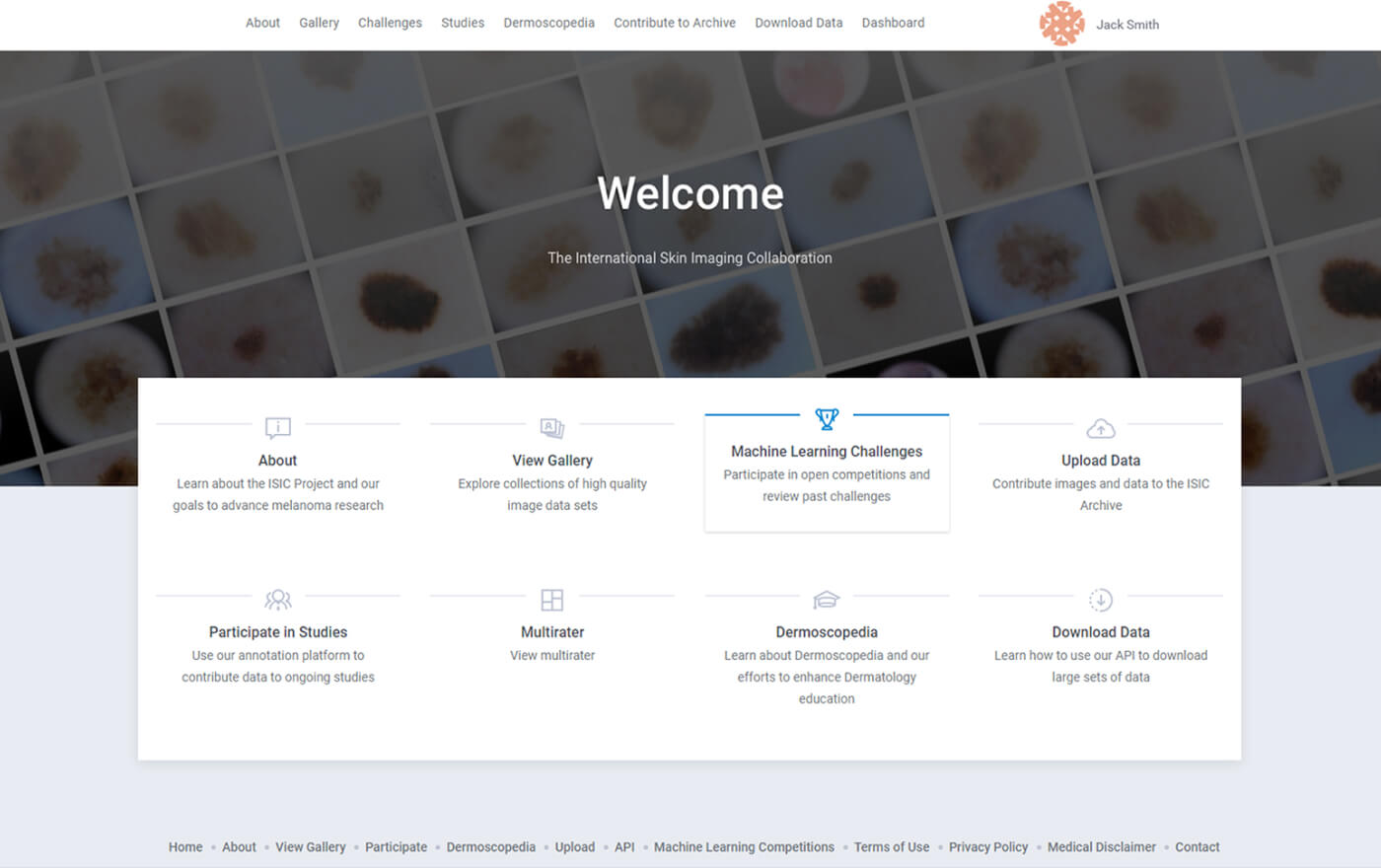Summary
The article breaks down the key factors that influence the cost of developing a web portal, including project scope, feature complexity, technology stack, design requirements, and integration needs. It also offers practical guidance on how businesses can estimate and optimize development costs while ensuring the portal delivers the functionality and user experience required to support their goals.
Whether you want to link suppliers and buyers, customers and partners, enhance the way they interact with your business, or want to bring information from several sources together, developing a web portal is what you need in these cases.
Web portal is a platform that helps you to develop protected access to important data, communication tools, interactive instruments, and other user-specific content. Serving as a single collective source for different information, it makes the visit of all the interested users convenient and informative. Its functionality is good not only for selling a product or a service but also for maintaining the online presence of your brand. Develop one for your employees as a sort of intranet, create a portal for students and university processes, develop a web-based health portal for dealing with various healthcare issues – there are a lot of software solutions you can choose from.
With such a solution, you are able to create a more personalized and user-friendly environment for your customers. That is why it is vital to know how it can change your business and how you can control it.
Web Portal vs. Website: Key Differences
Once you have decided what your goals are and what type of users you want to see, you need to think if you understand the differences between websites and portals. These are two different solutions providing you with various purposes. It’s not like a step to the side, and you end up losing everything, but your choices can definitely impact the strategy of your company.

Case study: Scalable Web Platform for Car Owners
Therefore, let’s look at the main aspects you need to pay attention to when engaging in the custom web portal development:
Focus
These two types of solutions focus on different objectives and projects. Thus, if you have a website, your goal will be to attract as many users as possible. A portal, on the other hand, is developed for a specific audience. It is even better to limit web traffic on such a platform in order to allow only certain users to visit.
Accessibility and Restrictions
A website is a project you made public, which is accessible for any user on the Internet. Everyone can visit it freely and see what it provides. Usually, a site doesn’t require creating an account to get access to it. Or, the feature can be offered as an option for you to choose what is more convenient for your own experience. As for the portals, you cannot use their features unless you sign up with your own login and password. It means that only the members will be able to see its content. Some portals also offer free trial subscriptions, which help you to control the monetization of the platform.
Content
Depending on each particular site, the information it contains can be either static or dynamic, while a web portal includes only dynamic type of content. Every time a user visits a portal, the content changes. A website helps your business to present itself and show your products to any interested person. Its aim is to highlight the uniqueness of your brand and increase your target audience. A portal has a narrower focus and provides certain clients with specific details based on the users’ input.
What you need to understand is that these solutions have common features, however, they serve different purposes and are not interchangeable.
Read Also What is a Tech Stack and How to Choose the Right One for Web Application Development
Benefits of Using Web Portals Over Websites
Going for a portal and using the features it provides can bring you many advantages, and some of them are the following:
- Easy Usage
Web portals are easier to manage. You can give access to a wide range of information with a simple, intuitive, and user-friendly interface at any time. And it will always be possible for a user to login securely.
- Improved Customer Experience
The solution you offer can save users’ time and increase their satisfaction with your company, because you will be able to provide them with the needed functionality. Besides that, it can attract new customers to your platform.
- Better Data Presentation
You can lead your customers through the portal the way you need by adding categories, the functionality to see product info by detail, and dialogue windows for requests.
- Personalized Customization
You can provide your customers with personalized access and customization of offers by targeting their interests. It can be possible with the data you gather on the portal.
- Integration
A portal can provide a single sign-in for various common apps. It enables the company to function as one mechanism and allows to analyze the data that can be used for enhancing sales and marketing strategies.
- Better Communication
The communication between the parties involved in using a web portal is more improved and streamlined.

Case study: UX Improvement for Web-based Healthcare Portal
Choosing the Right Type for Web Portal Development
After you understand the differences between websites and portals, it is important to explore the formats of the portals you can go for. During the web portal development, you need to think about the effective operation of your project and pick the type that will be suitable for your business model. If looking at the categories, you can choose between the following options:
- Horizontal
It is used as a common platform for various companies to bring users all the needed details on the services they are interested in. It has convenient links to social media, breaking news, sports, and so on.
- Vertical
This is a project specifically developed for a certain company that wants to provide information related to its products and technologies. In this case, you can fully operate the procedure the way you need with the help of a web portal development software or by the help of an outsourcing company that offers experienced web portal development services.
- Employee
This one is perfect when you need to provide your employees with relevant information about their work schedules, notices for upcoming events, and benefit details.
- Customer
This is an e-commerce portal that gather all your products in one place and contains CRM product catalogs, secure payment process with preferred payment gateways, various checkout functions, and so on.
- Community/Membership
If you want to engage with your selected community members, you can go for this type. You will greatly benefit from the subscription you offer on such a platform.
- Partner
Choosing this type opens an opportunity to collaborate with your business partners on a web-based secure portal and create mutually profitable partner relationships.
Read Also How Much Does It Cost To Develop a Project Management App
Building a Custom Web Portal and Factors That Influence the Cost
Before starting a development process, you need to understand that this is not a one-day task, and the same goes for the development of a web portal. There are different phases that you have to undergo if you want to have a web portal that will lead your business to success, and they will consume your time and money. Therefore, include the following steps into the full-cycle development:
Setting Up
If you are reading this article, you have already started the preparations. All you need is to plan your project by considering all the factors that can affect it. Discover your target audience, define key tasks, requirements, and end goals, involve your Business Analyst to calculate the costs and benefits. It is also important to be able to identify the scope of works for the whole process, divide big tasks into smaller portions, and know how to set deadlines.
Development
After your plan and your team are ready, it is time to begin with the architecture and design of your portal. It is recommended to go for the open-source web portal scripts and don’t forget to upload the ones you chose to your site. Knowing MySQL will help you greatly during this stage. Also, pay the attention of your team to the UI and UX design. Ensure that all the buttons and images the users will click as well as portal navigation are logically structured, easy-to-use, and intuitive. That is why you have to include Software Architects, Developers, and Designers.
Testing and Launch
After you develop a portal, your next step is to test it. Without testing, you cannot be sure that your project is ready for users. Involve your QA department and check all the possible errors and other bottlenecks to be able to fix them right away. While you are at this stage, ensure that your solution is compatible with different browsers and devices and is SEO-optimized. Once you finish this step, you can finally release your solution.
Maintenance
It doesn’t end with the launch of your project, because the further support is really important as well. Some of the plugins you added might stop working or are no longer compatible. It all can cause functional issues, which is why you should not forget to maintain your portal.
You need to understand that each stage will have its own time and price. The more complex you want your portal to be, the more money your development process will require. Usually, the MVP of a custom web portal development costs more than $30,000. However, web portal development cost depends on the functionality you want to add, whether you work with an outsourcing company or not, and how many minor processes and specialists are engaged in each stage.
Conclusions
Making a custom web portal is not an easy task, and you may need to deal with many issues just like during any other development process. And, as a result, you will want to see that your project provides all users with smooth navigation and personalized access, and your business grows alongside. That is why it is important to know where to start, which details to pay attention to, which features to add to your portal, and how much it will cost you.
To ensure your success in developing a portal that will have steady growth of customers and online traffic, we can support you with our web portal development software and consult about the required web portal development services. So feel free to contact us.